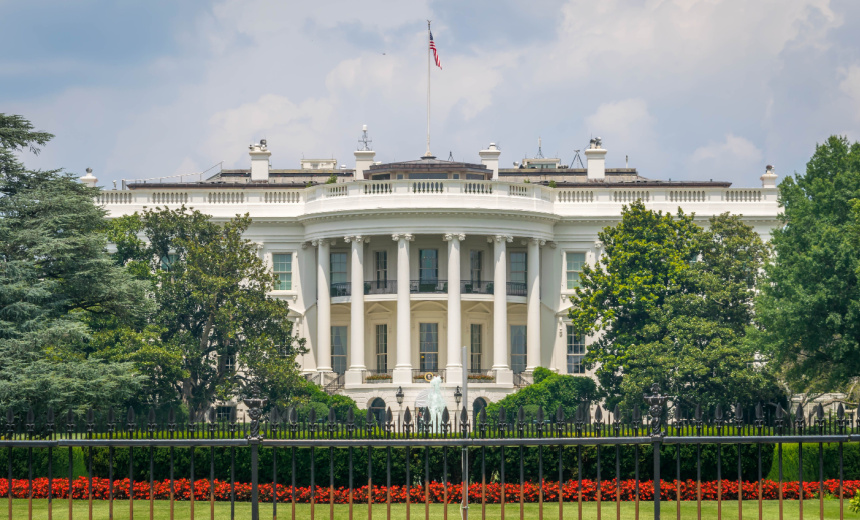Government,
Industry Specific,
Standards, Regulations & Compliance
White House Limits Cyber Sanctions, Cuts Digital ID Mandates, and Adjusts AI Regulations

In a significant shift in U.S. cybersecurity policy, President Donald Trump signed an executive order designed to dismantle what his administration labeled as “problematic elements” from prior Democratic administrations. This move marks a redefinition of cyber rules, focusing on reducing restrictions previously placed on digital identity documentation and cyber sanctions.
The recent order effectively dismantles the push initiated by former President Joe Biden to implement digital identity documents. According to the White House, such IDs posed risks, potentially allowing illegal immigrants access to public benefits improperly. This decision signals a clear departure from Biden’s cybersecurity strategies as part of his last actions in office.
Additionally, the new directive alters a policy established during the Obama administration that enabled sanctions against any individual involved in foreign-directed cyber operations. The revised policy now states that only “foreign persons” may face sanctions, which could have implications for the instances of cyber warfare where domestic actors could be involved.
A White House fact sheet highlights that limiting sanctions to foreign entities aims to prevent possible misuse against domestic political opponents. It emphasizes that technical cybersecurity decisions should primarily rest at the department and agency levels rather than being micromanaged by the White House.
The announcement of the executive order follows days after proposals for significant budget cuts at the Cybersecurity and Infrastructure Security Agency (CISA), a move that many analysts warn could drastically undermine federal cyber defenses. The potential harms of these budget reductions raise substantial concerns regarding the country’s overall cybersecurity posture.
Industry responses were immediate, with organizations like the Better Identity Coalition expressing discontent over the withdrawal of the digital ID initiative. They contended that the prior executive order did not mandate the issuance of digital IDs and underscored the importance of secure identity verification methods.
Furthermore, the new order negates requirements established under a previous 2021 executive order that compelled software developers to demonstrate compliance with secure coding practices. Instead, it opts for a voluntary framework, potentially compromising the integrity of software development standards across critical sectors.
In a notable regulatory change, the order mandates that CISA establish a list of product categories supporting post-quantum cryptography by December 1, 2025. This is in recognition of emerging threats from quantum computing technologies, which could jeopardize current encryption schemas. Experts warn that an immediate transition to post-quantum encryption is essential to mitigate risks of “harvest now, decrypt later” tactics utilized by hostile foreign actors.
The executive order also stresses a new focus on AI-related software vulnerabilities, aiming for enhanced interagency coordination in vulnerability management, incident tracking, and compromise reporting. Additionally, it endorses a cybersecurity labeling initiative for Internet of Things (IoT) devices, continuing a program begun under the previous administration.
The shift in executive orders signifies a critical moment in the evolution of cybersecurity policy, one that business owners and cybersecurity professionals must closely monitor, given the implications for compliance and risk management strategies.
